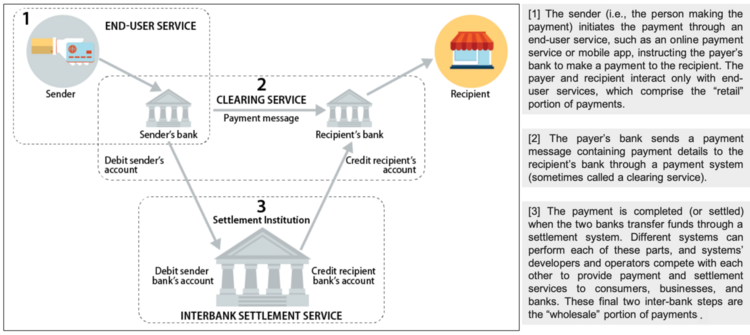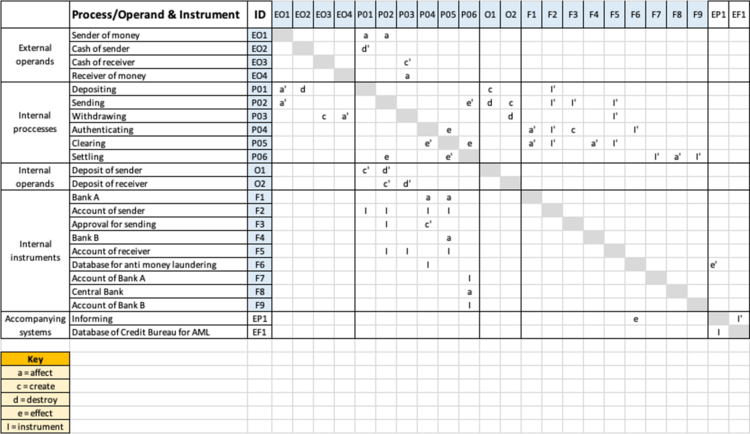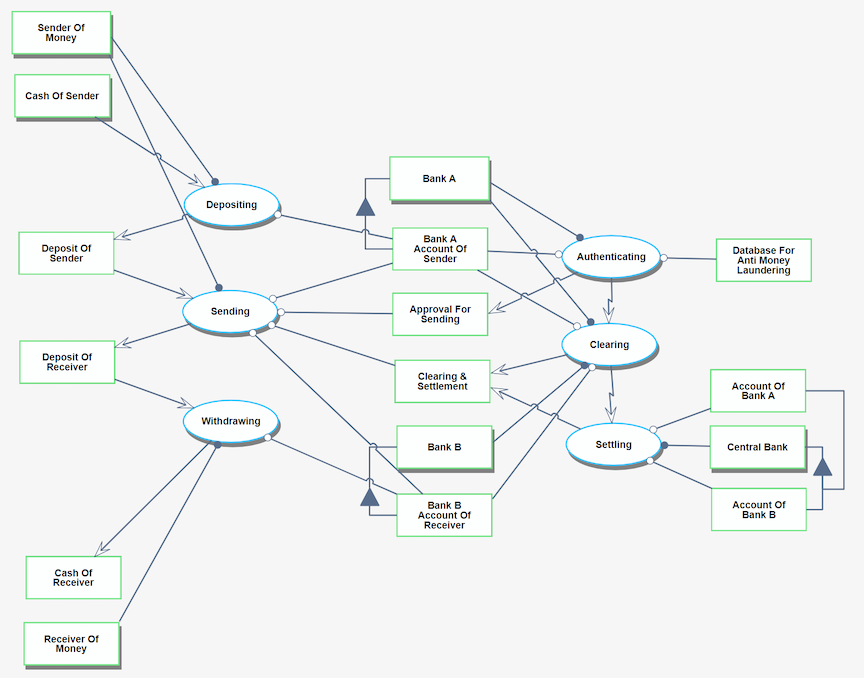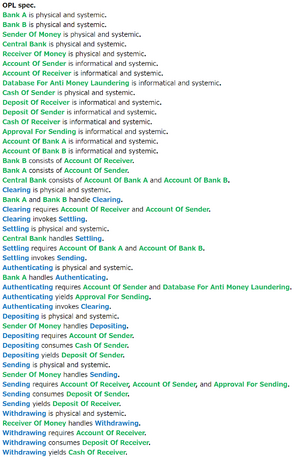Difference between revisions of "Retail Payment system"
| Line 73: | Line 73: | ||
|- | |- | ||
| 2 | | 2 | ||
| Our clients trust us to process their transactions in a safe and secure manner. | | Our clients trust us to process their transactions in a safe and secure manner where they do not lose money. | ||
| We maintained an Operational Risk Loss ratio that is lower than our 0.1% target of our Gross Operating Income. | | We maintained an Operational Risk Loss ratio that is lower than our 0.1% target of our Gross Operating Income. | ||
|- | |- | ||
| 3 | | 3 | ||
| Our clients can make payments to anywhere. | | Our clients can make payments to anyone, anywhere. | ||
| We continue to grow the number of payments we process pa to more than [1bn], servicing more than [750k] individual and [10k] business clients in [76] countries. Our goal is to process 1% of all payments made as reported by the Bank of International Settlements (currently we are at 0.57%). | | We continue to grow the number of payments we process pa to more than [1bn], servicing more than [750k] individual and [10k] business clients in [76] countries. Our goal is to process 1% of all payments made as reported by the Bank of International Settlements (currently we are at 0.57%). | ||
|} | |} | ||
Revision as of 21:11, 28 October 2020
Technology Roadmap
Roadmap Overview
The U.S. financial system processes millions of transactions each day to facilitate purchases and payments. In general terms, a payment system consists of the means for transferring money between suppliers and users of funds through the use of cash substitutes, such as checks, drafts, and electronic funds transfers.
A payment system is a system exchanges / trades value by changing the ownership of money. It consists of a set of instruments, banking procedures, and, typically, interbank funds transfer systems that ensure the circulation of money. These systems allow for the processing and completion of financial transactions.
From the typical consumer’s perspective, making a payment is simple. A person swipes a card, clicks a button, or taps a mobile device and the payment is approved within seconds. However, the infrastructure and technology underlying the payment systems are substantial and complex. To simplify, a payment system has three parts (see Figure below).
*image-source - U.S. Payment System Policy Issues: Faster Payments and Innovation, Congressional Research Service (2019)
Design Structure Matrix (DSM) Allocation
The DSM of the Retail Payment System provided by banks is depicted in the image below.
Object Process Model (OPM)
The OPM diagram captures the main object of the roadmap, its decomposition into systems (squares), as well as the main processes (ovals).
Figures of Merit (FOM)
The table below show a list of FOMs by which can assess a Payment System
| Class | Figure of Merit | Units |
|---|---|---|
| Performance | Value of transactions processed per annum | [US$] |
| Productivity | Number of transactions processed per annum | # per country, per individual or business client type |
| Efficiency | Average cost per transaction | [US cents] |
| Transaction settlement period | [Seconds] | |
| Reliability | System downtime per year | [Seconds] |
| Payment conversion rate | [%] | |
| Safety & Security | Operational Risk loss (incl. fraud losses) | [%] of Gross Operating Income |
| Fraud ratio | [%] of the total number processed transactions deemed fraudulent |
Company Strategic Objectives
We identified strategic objectives that can stand the test of time. We want our clients to understand our that we are constant, unchanging, something they can depend. As technology improves, we can change the respective FOM and targets, without changing our strategic objectives. The table below shows our strategic objectives:
| # | Strategic Objective | Alignment and Targets |
|---|---|---|
| 1 | An efficient payment system that processes and settles transactions in near real-time. | Currently we have a transaction settlement period of 1 day and aim to decrease this to 90s. |
| 2 | Our clients trust us to process their transactions in a safe and secure manner where they do not lose money. | We maintained an Operational Risk Loss ratio that is lower than our 0.1% target of our Gross Operating Income. |
| 3 | Our clients can make payments to anyone, anywhere. | We continue to grow the number of payments we process pa to more than [1bn], servicing more than [750k] individual and [10k] business clients in [76] countries. Our goal is to process 1% of all payments made as reported by the Bank of International Settlements (currently we are at 0.57%). |



